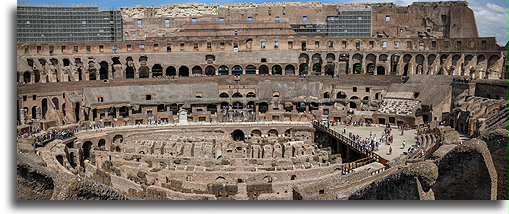
It is the largest ancient amphitheater ever built; the Colosseum could accommodate over 50,000 people. In the ancient times it was called the Flavian Amphitheater and hosted gladiatorial contests, naumachiae or simulated sea battles, and public executions. Its unique design has made it a symbol of Rome and one of the most recognizable buildings in the world.
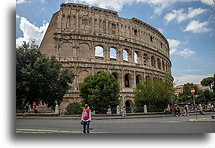
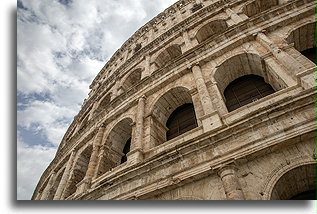
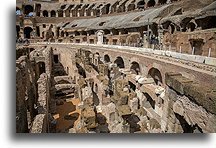
The Colosseum is not round, it was built in the shape of an ellipse. This gave spectators a better view of the arena. The building had eighty numbered entrances, each with its own staircase. This allowed for easy and quick access to seats and at the same time eliminated the crowds. The façade was covered with marble and was decorated with sculptures.
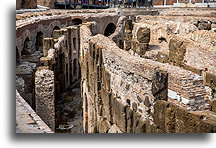
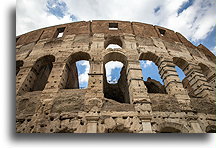
After the fall of the Roman Empire, the Colosseum located next to Roman Forum became a source of valuable stone. Particularly in the 15th and 16th centuries, the Colosseum marble was dismantled and used to build new Christian churches and private residences. This was the case with the Basilica of St. Peter, Villa Medici and many other Renaissance and Baroque pearls we admire today.




